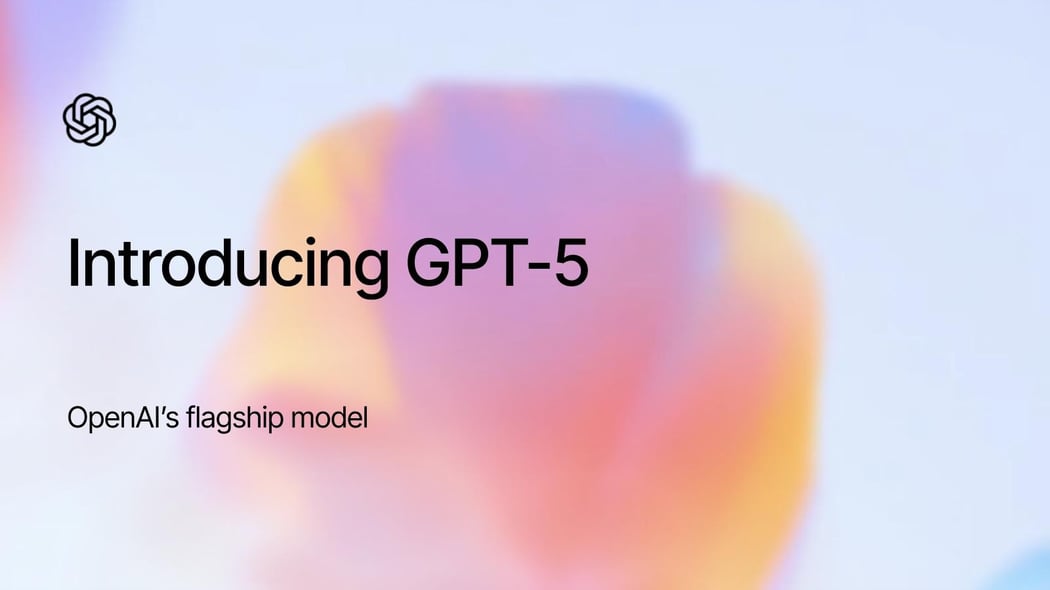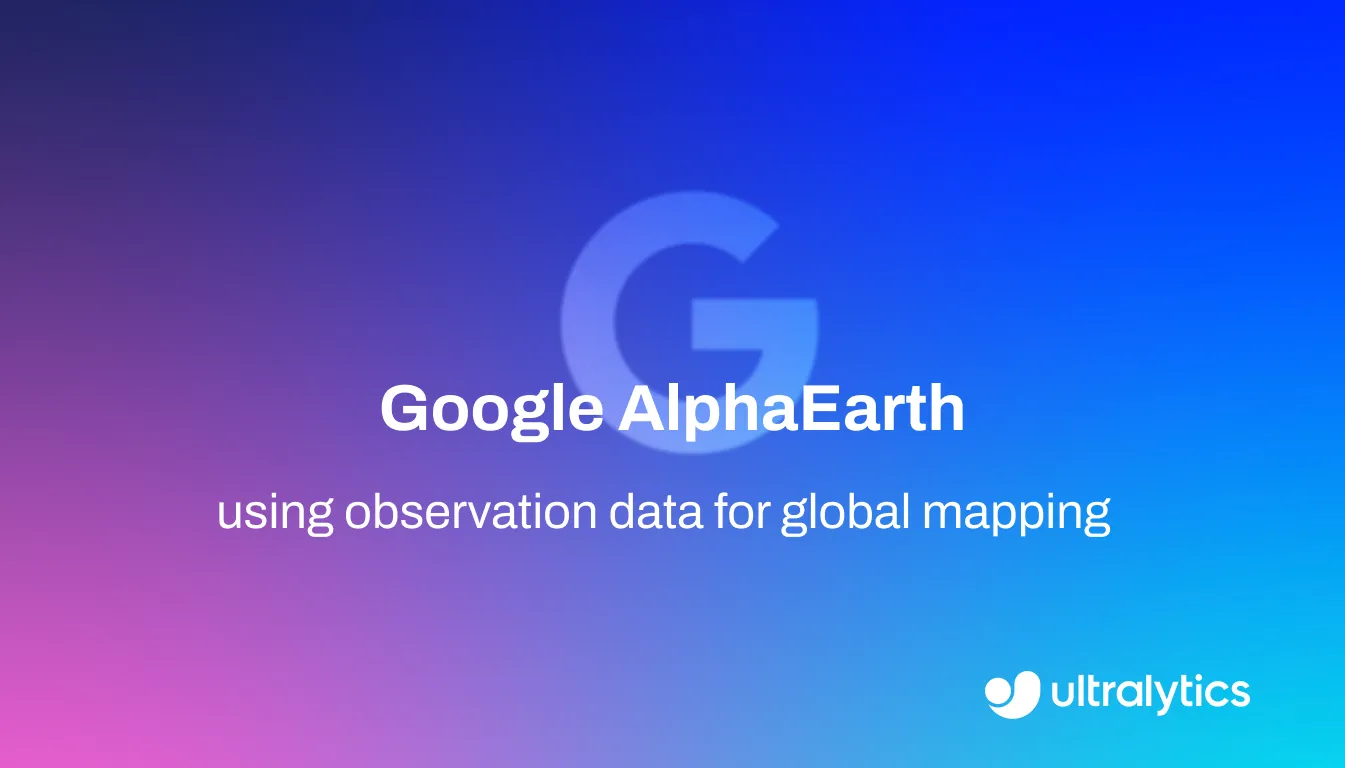Voreingenommenheit in der KI
Entdecken Sie, wie Sie Voreingenommenheit in KI-Systemen mit Strategien, Werkzeugen und Praxisbeispielen für die ethische KI-Entwicklung erkennen, abmildern und verhindern können.
Voreingenommenheit in der KI bezieht sich auf systematische Fehler oder Vorurteile in den Ergebnissen eines Systems der künstlichen Intelligenz (KI). Diese Vorurteile können zu unfairen, ungerechten oder diskriminierenden Ergebnissen führen, die oft bestimmte Gruppen oder Bevölkerungsgruppen benachteiligen. Mit der zunehmenden Integration von KI-Systemen in kritische Sektoren wie das Gesundheits- und Finanzwesen ist das Verständnis und die Abschwächung von Vorurteilen zu einer zentralen Herausforderung bei der verantwortungsvollen Entwicklung von KI geworden. Bei Voreingenommenheit handelt es sich nicht um einen gelegentlichen Zufallsfehler, sondern um ein wiederholbares Muster verzerrter Ergebnisse, das die zugrunde liegenden Fehler in den Daten oder im Algorithmus widerspiegelt.
Quellen der Voreingenommenheit der KI
KI-Verzerrungen können während des gesamten Lebenszyklus der Modellentwicklung aus verschiedenen Quellen stammen. Zu den häufigsten Quellen gehören:
- Dataset Bias: Dies ist die häufigste Quelle von KI-Verzerrungen. Sie tritt auf, wenn die Trainingsdaten nicht repräsentativ für die reale Welt oder die Zielpopulation sind. Ein Datensatz für ein Einstellungstool, das hauptsächlich auf historischen Daten aus einer von Männern dominierten Branche trainiert wurde, könnte beispielsweise lernen, männliche Bewerber zu bevorzugen. Dies kann sich in Form von Stichprobenverzerrungen (nicht zufällig gesammelte Daten), Auswahlverzerrungen (Daten, die die Umgebung nicht repräsentieren) oder Messverzerrungen (inkonsistente Datenbeschriftung) äußern. Die Erstellung ausgewogener und vielfältiger Datensätze ist ein wichtiger erster Schritt.
- Algorithmische Verzerrung: Diese Verzerrung ergibt sich aus dem KI-Algorithmus selbst. Einige Algorithmen können von Natur aus kleine Verzerrungen in den Daten verstärken, oder ihr Design kann bestimmte Merkmale gegenüber anderen in einer Weise bevorzugen, die zu ungerechten Ergebnissen führt. Die Wahl einer Verlustfunktion kann sich zum Beispiel darauf auswirken, wie ein Modell Fehler für verschiedene Untergruppen bestraft.
- Menschliche Voreingenommenheit: Die Entwickler, Datenkommentatoren und Nutzer von KI-Systemen können ungewollt ihre eigenen kognitiven Voreingenommenheiten in das KI-Modell einbringen. Diese persönlichen und gesellschaftlichen Voreingenommenheiten können beeinflussen, wie Probleme formuliert werden, wie Daten gesammelt und kommentiert werden und wie die Ergebnisse des Modells interpretiert werden.
Beispiele aus der Praxis
- Technologie zur Gesichtserkennung: Viele kommerzielle Gesichtserkennungssysteme haben in der Vergangenheit höhere Fehlerquoten bei der Identifizierung von Personen aus unterrepräsentierten demografischen Gruppen, insbesondere Frauen und People of Color, gezeigt. Forschungsarbeiten von Institutionen wie dem NIST haben diese Ungleichheiten aufgezeigt, die oft auf Trainingsdatensätze zurückzuführen sind, die überwiegend weiße, männliche Gesichter enthalten.
- Automatisierte Einstellungsinstrumente: Ein bekanntes Beispiel ist ein von Amazon entwickeltes experimentelles Rekrutierungstool, bei dem festgestellt wurde, dass es Lebensläufe, die das Wort "Frauen" enthalten, benachteiligt und Absolventen von zwei reinen Frauen-Colleges herabstuft. Das Modell lernte diese Verzerrungen aus historischen Einstellungsdaten, die über einen Zeitraum von 10 Jahren übermittelt wurden und die männliche Dominanz in der Tech-Industrie widerspiegelten. Amazon hat das Projekt schließlich aufgegeben.
Voreingenommenheit in Ai Vs. Verwandte Begriffe
Es ist wichtig, KI-Vorurteile von verwandten Konzepten zu unterscheiden:
- Algorithmische Voreingenommenheit vs. KI-Voreingenommenheit: Algorithmische Voreingenommenheit ist eine spezifische Art von KI-Voreingenommenheit, die auf die Architektur oder mathematische Formulierung des Modells zurückzuführen ist. KI-Voreingenommenheit ist der umfassendere Begriff, der auch Verzerrungen durch Daten und menschliche Eingriffe einschließt.
- Datensatzverzerrung vs. KI-Verzerrung: Datensatzverzerrung ist eine der Hauptursachen für KI-Verzerrung. Ein Algorithmus, der in seinem Design vollkommen fair ist, kann dennoch verzerrte Ergebnisse liefern, wenn er auf unausgewogenen oder voreingenommenen Daten trainiert wird.
- Fairness in der KI vs. KI-Voreingenommenheit: Fairness in der KI ist der Bereich, der sich mit der Bekämpfung von KI-Voreingenommenheit befasst. Während Voreingenommenheit das Problem ist, umfasst Fairness die Grundsätze, Messgrößen und Techniken, die zur Definition, Messung und Förderung gerechter Ergebnisse verwendet werden.
Umgang mit Ai Bias
Die Entschärfung von KI-Voreingenommenheit ist ein fortlaufender Prozess, der einen vielschichtigen Ansatz während des gesamten KI-Entwicklungslebenszyklus erfordert:
- Datenkuratierung und -erweiterung: Aktive Sammlung vielfältiger und repräsentativer Datensätze. Nutzen Sie Techniken wie Datenerweiterung und potenziell synthetische Datengenerierung, um eine ausgewogene Repräsentation verschiedener Gruppen zu erreichen. Erforschen Sie Ressourcen wie die Ultralytics-Datensammlung für verschiedene Datenquellen.
- Fairness-Metriken und Auditing: Definieren und messen Sie Fairness mit Hilfe geeigneter Metriken während der Modellbewertung. Prüfen Sie Modelle vor und nach dem Einsatz regelmäßig auf verzerrte Leistung in verschiedenen Untergruppen. Toolkits wie Fairlearn und AI Fairness 360 können bei diesem Prozess helfen.
- Transparenz und Erklärbarkeit: Verwenden Sie Techniken der erklärbaren KI (XAI), um das Modellverhalten zu verstehen und potenzielle Quellen von Verzerrungen zu identifizieren. Erfahren Sie mehr über XAI-Konzepte. Die Dokumentation von Datensätzen und Modellen mithilfe von Frameworks wie Datenblättern für Datensätze und Modellkarten verbessert ebenfalls die Transparenz.
- Ethische Rahmenwerke und Governance: Implementieren Sie strenge KI-Ethikrichtlinien und Governance-Strukturen, die sich auf Rahmenwerke wie das NIST AI Risk Management Framework beziehen, um die Entwicklung und den Einsatz zu steuern.
Plattformen wie Ultralytics HUB stellen Werkzeuge zur Verfügung, die die Entwicklung gerechterer KI-Systeme unterstützen, indem sie eine sorgfältige Datensatzverwaltung ermöglichen, das Training benutzerdefinierter Modelle erleichtern und die Überwachung der Ultralytics YOLO-Modellleistung erlauben. Die Bewusstseinsbildung und die Verankerung von Grundsätzen der Fairness, die häufig in Foren wie der ACM FAccT-Konferenz diskutiert werden, sind entscheidend für die Entwicklung von Technologien, die der Gesellschaft in gerechter Weise zugutekommen.








